Can Detroit Really Finish Demolishing the Packard Plant This Year?
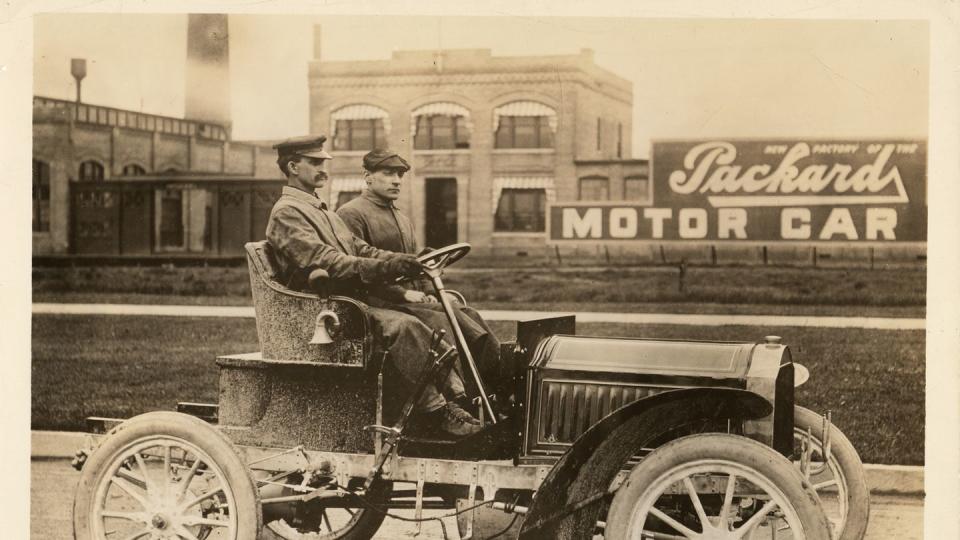
Detroit’s rich automotive history has been well documented but not very well preserved. Ford’s historic Piquette plant has been meticulously restored (and now available for weddings!) because it gave birth to the Model T, which forever changed the industry. But much of the blight that has plagued Detroit for decades stems from dozens of plants that were quickly built in the early 1900s, then eventually went dormant, inevitably falling into disrepair on the long, lonely path to utter abandonment.
In a city rife with destitute land, perhaps nothing embodies the tragic “ruin porn” phenomenon like the sprawling site of the Packard Motor Car plant, which churned out its first car in 1903 en route to becoming America’s answer to Rolls-Royce, before closing its doors as the luxury brand died. The final true Packard rolled off the line in Detroit on June 25, 1956.
A Peruvian businessman bought the historic plant, designed by noted architect Albert Kahn, and had big plans a decade ago to salvage sections of it and redevelop much of the land for residential, commercial, and light industrial uses. The business case never worked out and Fernando Palazuelo ran afoul of Detroit city officials who have endured decades of complaints from nearby residents to address this eyesore.
In recent years, the city—fed up with Palazuelo’s inaction from South America—filed lawsuits and issued deadlines for paying taxes, none of which were met. The city took over the property and began demolition in September 2022, starting out one building at a time. But those initial actions were a mere scratch on a colossal cluster of dilapidated structures measuring 3.5 million square feet and occupying 40 parcels of land.
Recently, the city held a press conference at the bleak, muddy site to announce ambitious plans to complete all the demolition—this year. No one will be surprised if that extreme stretch target falls short, as there might not be enough gravel haulers or landfills in the state to handle the rubble.
Still, the city says it will use $26 million in American Rescue Plan Act pandemic relief dollars to finish the demolition, and the city even plans to rehab the site for a new automotive supplier factory to take its place in the next two years.
There’s also a plan to preserve the front wing of what was the main entrance at 1539 E. Grand Boulevard, to retain a portion of the plant’s history.
So there’s no better time than now to list the most notable vehicles to roll off the Packard assembly line, compiled with the help of Kevin Luedtke, executive director of the Motor City Packards car club.
1903 Packard Model L
What you see here is a 1904 Packard Model L (with a 22-hp four-cylinder), but it arrived months earlier as a 1903 model—the first vehicle from the freshly built Albert Kahn factory northeast of downtown Detroit.
Brothers James Ward and William Packard started making cars in Warren, Ohio, in 1899, but those first 400 Ohio models drew the attention of financial suitors who urged the Packards to pick up shop and relocate to Detroit well before it had become the Motor City.
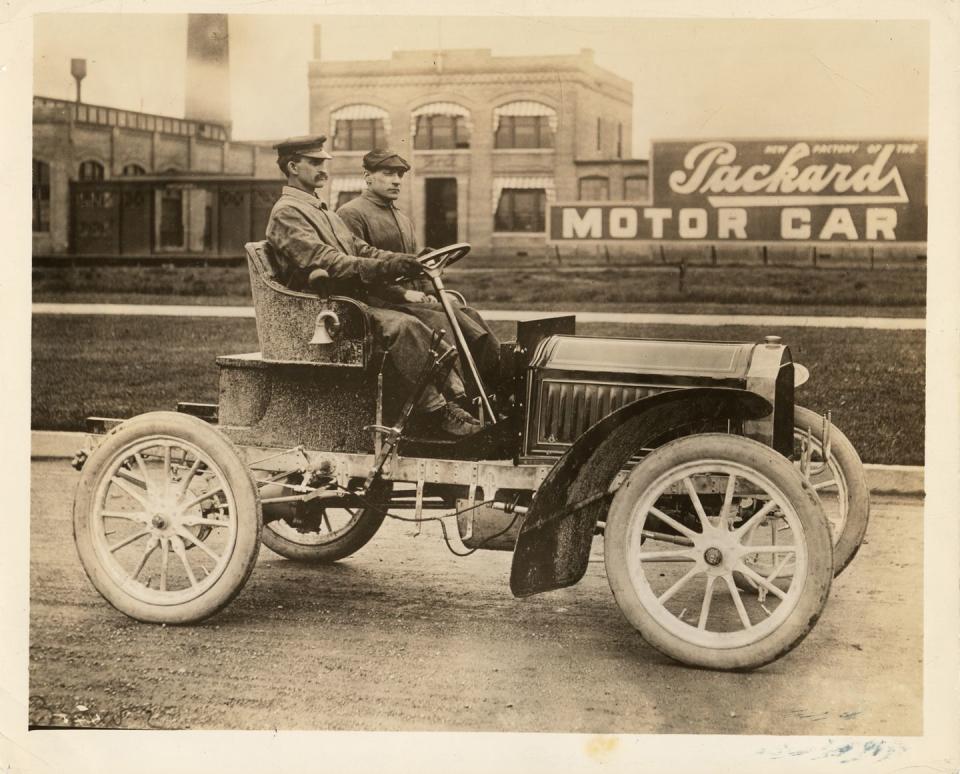
1907 Packard Model Thirty
Production at the new Detroit plant reached 188 vehicles in 1903, then 250 in 1904, then 481 in 1906. By this time, Packard-built vehicles were coveted among high-priced luxury American automobiles.
Packard was among the “Three Ps” of premium American motor cars, including Pierce-Arrow and Peerless. The Packard Thirty came along with a 30-hp four-cylinder in late 1906 and kept the momentum rolling.
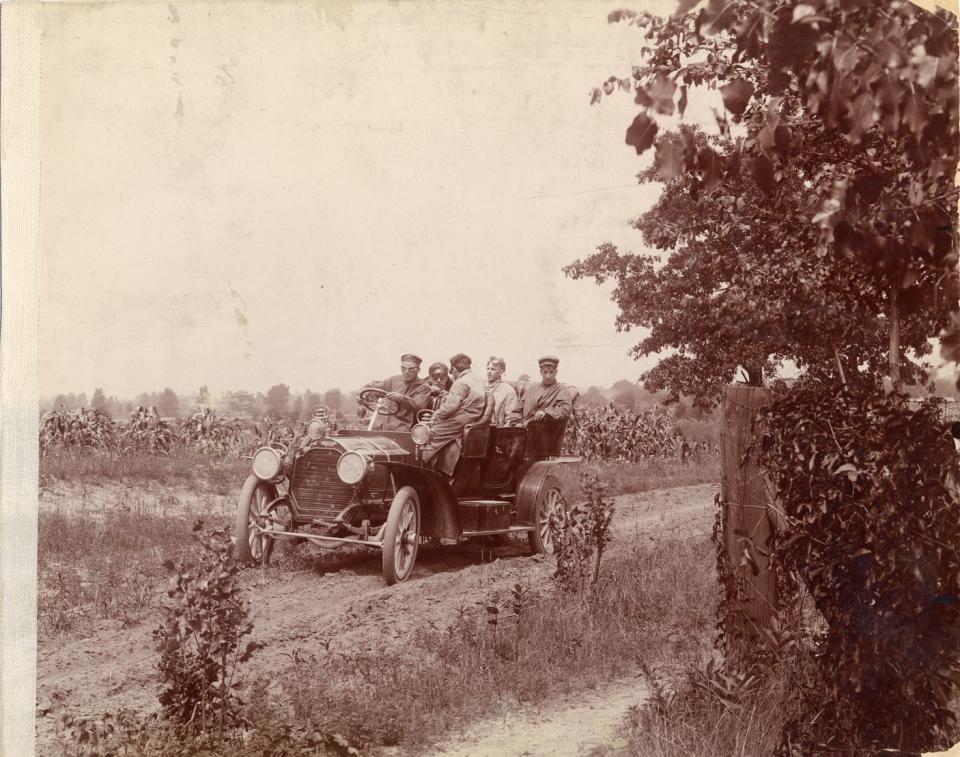
1912 Packard Six
The Packard Six brought the brand’s first six-cylinder (with 48 hp) to eager customers, who enjoyed a great advance in power and smoothness, along wth that sweet storm-tilt windshield.
Nicknamed the “Dominant Six” and “Boss of the Road,” three versions of the Six were produced in 1912, and their popularity pushed plant production over 2300 units that year.
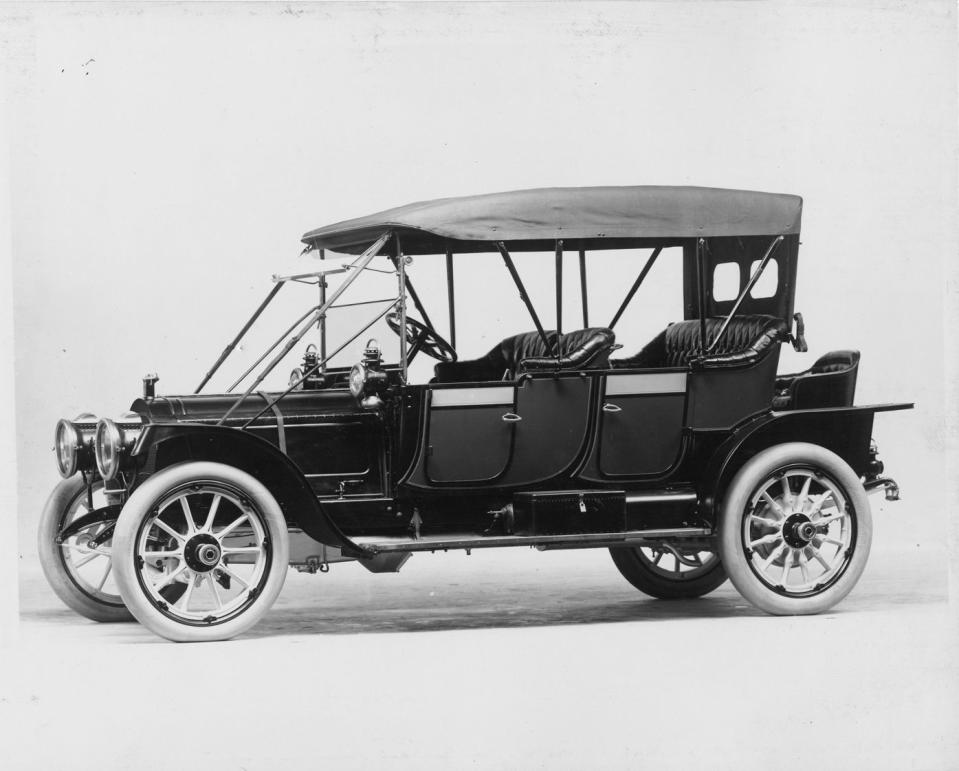
V-12 Liberty Aircraft Engine
World War I required many automotive plants to retool for the war effort, and Packard engineers quickly pivoted to aircraft engines, namely the memorable V12 Liberty. Packard Chief Engineer Jesse Vincent and Elbert Hall of the Hall-Scott Motor Co. were recruited by the US government to design the Liberty, and more than 20,000 of them soon rolled out of automaker plants, including Packard.
This was the 900th Liberty V12, assembled in October 1918, specifically for going “after the Kaiser.”
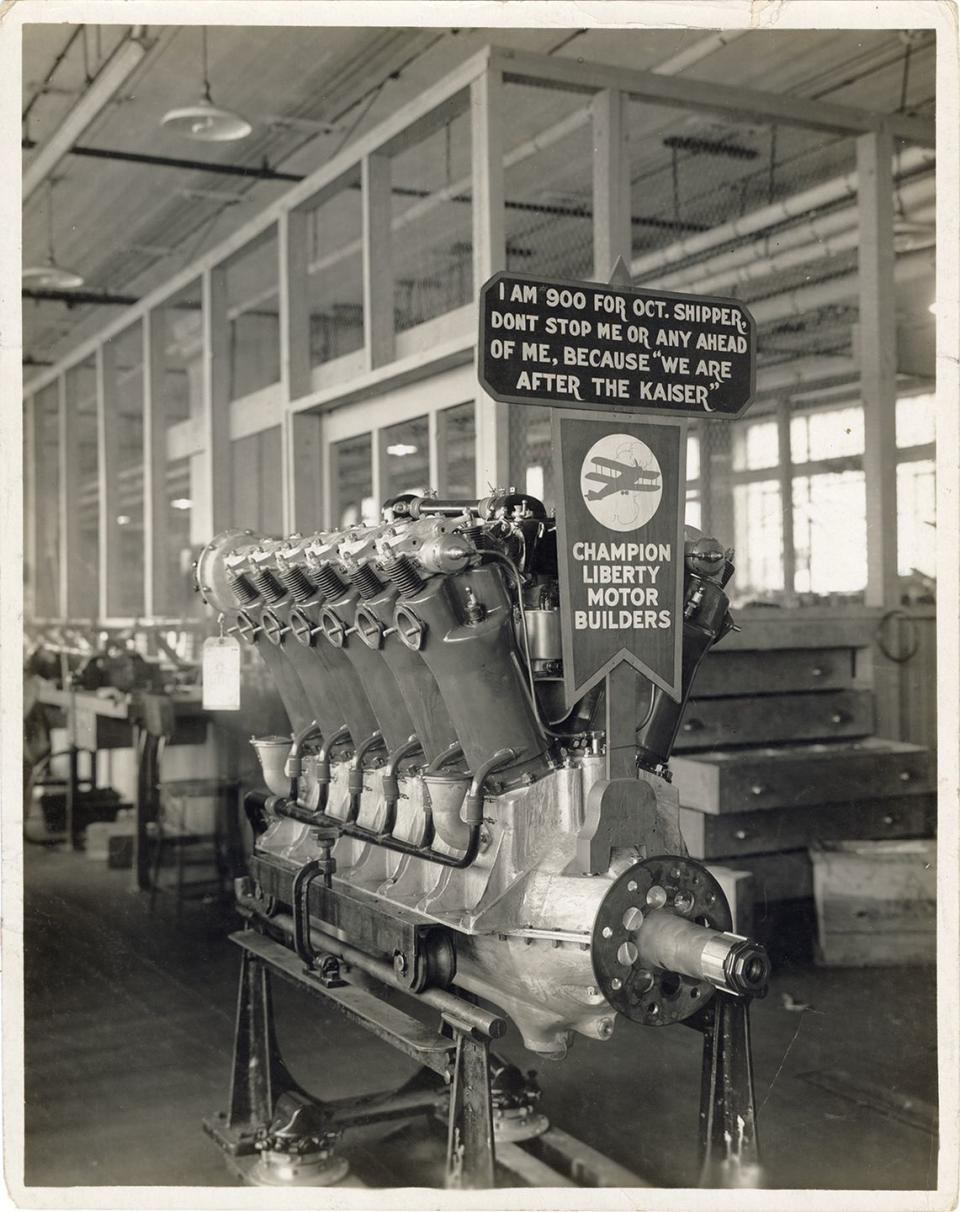
1916 Packard Twin Six
Arriving in 1915, the Packard Twin Six with 88 hp became the first production car to join two straight six-cylinder engines with a common crankshaft, leapfrogging the competition, which included the first Cadillac V8 of 1914.
The popularity of Packard’s V12 kept the Twin Six on the assembly line in Detroit until 1924. The high water mark for production was 1916, with nearly 11,000 Twin Sixes produced.
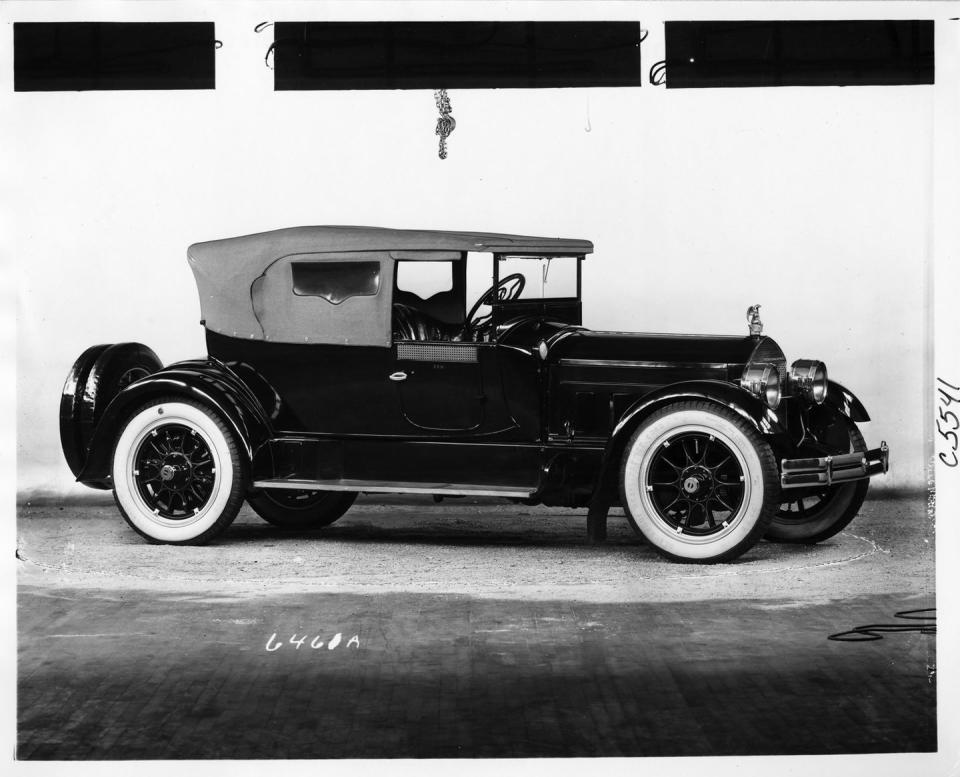
1923 Single Eight
This was the first iteration of the inline-eight-cylinder engine (with 85 hp) that would be synonymous with Packard motorcars until 1954. It was simpler to manufacture than the Twin-Six, yet superior and far more profitable.
Surely you recognize actress Gilda Gray being greeted in a seven-passenger sedan by her chauffeur on East Grand Boulevard in front of the plant. She died in 1959, about the same time Packard did.
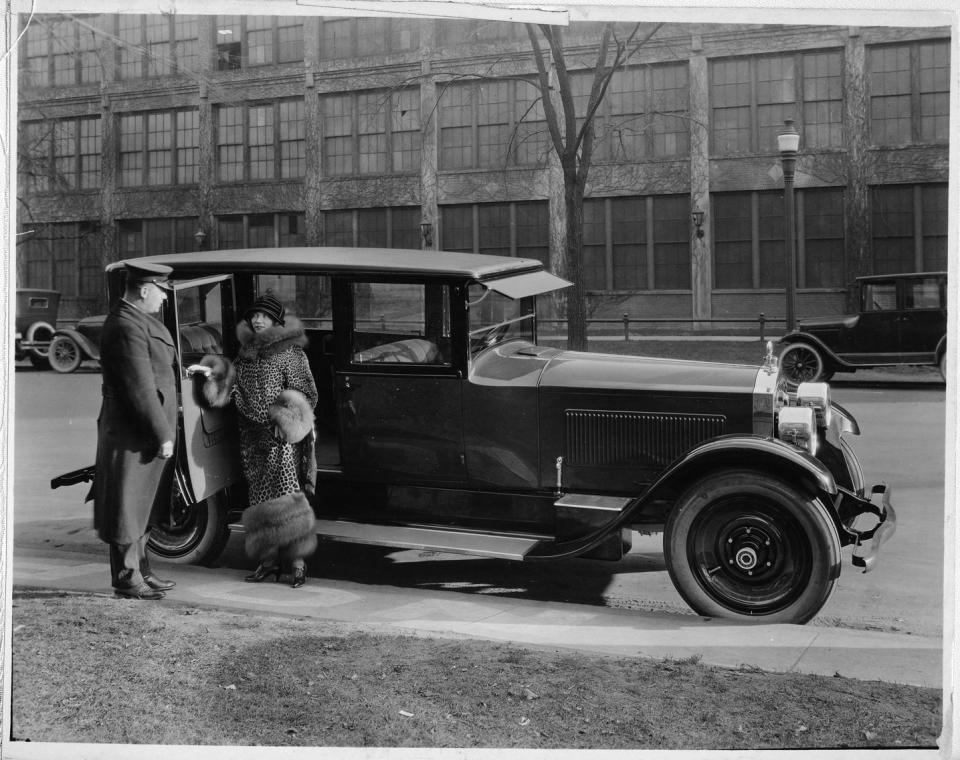
1930 Packard Speedster
And here we arrive at the decade of magnificent pre-war luxury cars—the lifeblood of concours for years to come and the kind of cars Jay Gatsby would have been driving if not for being shot in a pool.
The 1930 Packard Speedster Series was considered the “gentlemen’s hot rod,” with enhanced straight-eight engines mounted into shorter-wheelbase chassis and equipped with lighter bodies, including a very memorable boat-tail roadster.
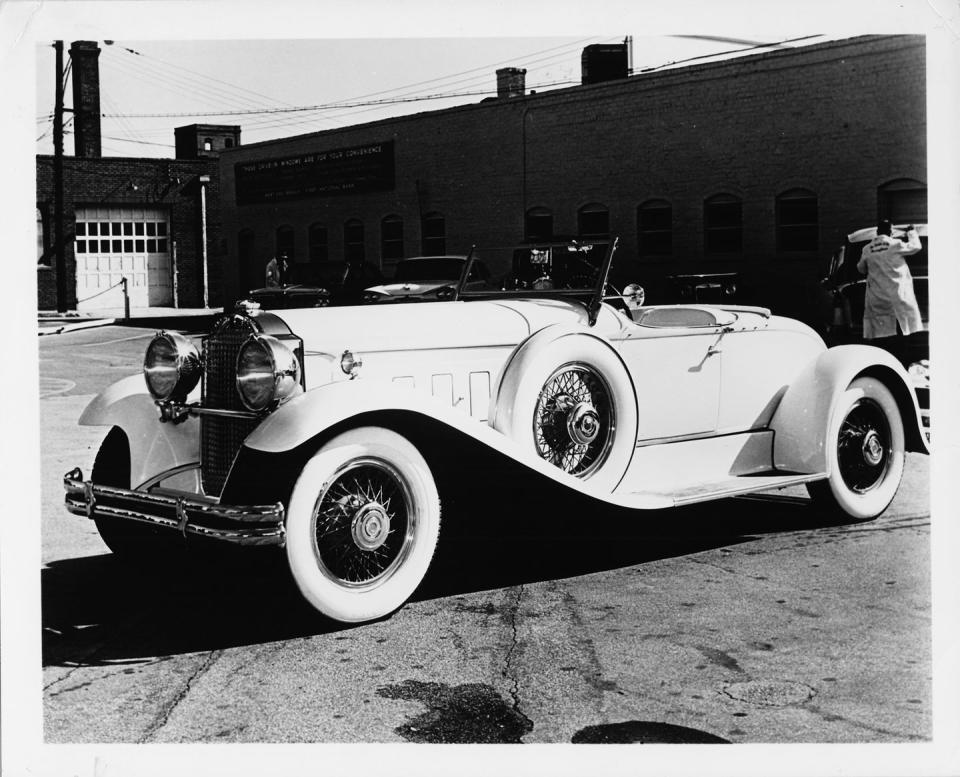
1932 Packard Twin-Six
Sure, the Great Depression was ravaging America, but movie star Clark Gable did well enough to purchase this 160-hp 1932 Twin-Six, Packard’s answer to the Cadillac V16.
A year later, it would become known as the Packard Twelve to prevent confusion with Packard’s earlier and unrelated V12 engine.

1934 Packard 1108 Limousine
That same 160-hp V12 was likely under the hood of this grand Packard 1108 seven-person limousine, seen here with its owner, Abdel Fattah Yahya Pasha, the prime minister of Egypt. It was quite common for top government officials around the world to have Packards shipped from Detroit to their homes.
The high water mark for Packard exports was 1935-36, when 53,962 Packards were sold in the US, while another 7065 went overseas.

1940 Packard 180 Custom Super Eight
The 1940 Packards would all share the same basic architecture, which saved cost but ended up diluting Packard’s prestige. Factory-installed air conditioning in an automobile first appeared in a Packard this year. The sporting and elegant Darrin bodies originally conceived for Hollywood royalty became factory cataloged offerings in 1940.
The new, exquisite 356-cubic-inch nine-main bearing straight-eight (rated at 160 hp in this car) would be Packard’s top engine through 1950.

Merlin Aircraft Engine
The World War I Liberty engine firmly established Packard as “Master Motor Builders,” so the automaker was well prepared when the globe found itself at war once again. Packard contracted with Rolls-Royce in September 1940 to build R-R Merlin engines, a contract worth $130 million (equivalent to $2.9 billion today).
Packard would produce 54,714 Merlins by the end of 1950, and the engines were used in the famed P-51 Mustang fighter aircraft, the P-40 Warhawk, and the British Spitfire, Mosquito, and Lancaster airplanes.

1949 Packard Custom Eight
When the war ended in 1945, it took awhile for Packard to refill the pipeline with fresh product while major automakers were about to grow exponentially with affordable cars capitalizing on post-war optimism.
Despite its frumpy form, the 1949 Custom Eight introduced the Ultramatic transmission (with a torque converter for smooth shifting) for Packard’s 50th anniversary in business. The Custom Eight models did not sell terribly well, but 1949 proved to be the second highest-volume year for Packard production, with 104,593 units (behind 109,518 in 1937).

1953 Packard Caribbean
Ostensibly a sports car as defined in the early 1950s, the Caribbean was part of a move to re-establish Packard as a leader in the fine car field.
Despite production of only 750 units, its glamorous extended rear fenders, rear-mounted spare tire, and genuine chrome wire wheels brought Packard back into consideration among well-heeled shoppers.
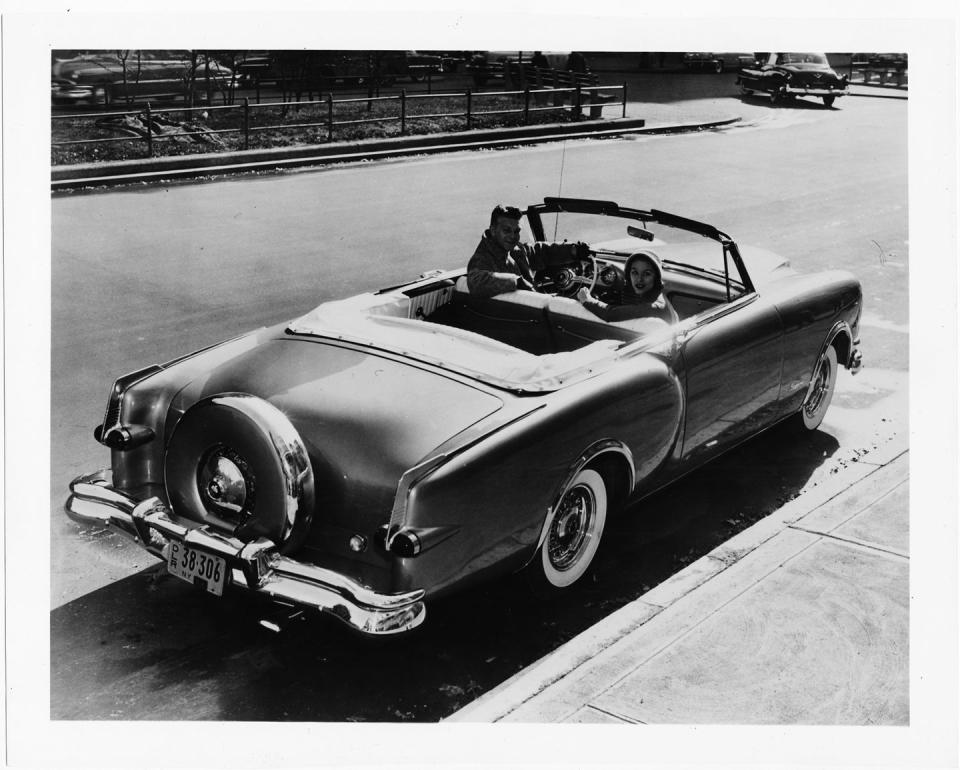
1954 Packard Pacific
This was the last hurrah for Packard’s straight-eight (after 31 years in the market) and for production at East Grand Boulevard. Packard also ended its long run as an independent company, as it was acquired in 1954 by Studebaker to form Studebaker-Packard Corporation.
The senior 1954 Packards like the Pacific two-door hardtop received Packard’s most powerful straight-eight ever, with 212 hp and a four-barrel carburetor, hooked to the latest Ultramatic transmission. Final assembly of all Packards would shift now to a former Briggs Body Co. plant on Detroit’s Conner Avenue, marking the end of 51 years of auto production on East Grand Boulevard.
While the plant suffered years of infamy, the Packard Proving Grounds (pictured here in the background) 20 miles north in Utica, Michigan, has been preserved as a national historic site.

1953 Packard Patrician
The author's 400-Series Packard Patrician is parked in a very small section of Detroit's Packard plant in April 2021, before demolition had begun. Over the course of 53 years, the plant produced about 1.6 million vehicles.


 Yahoo Autos
Yahoo Autos 